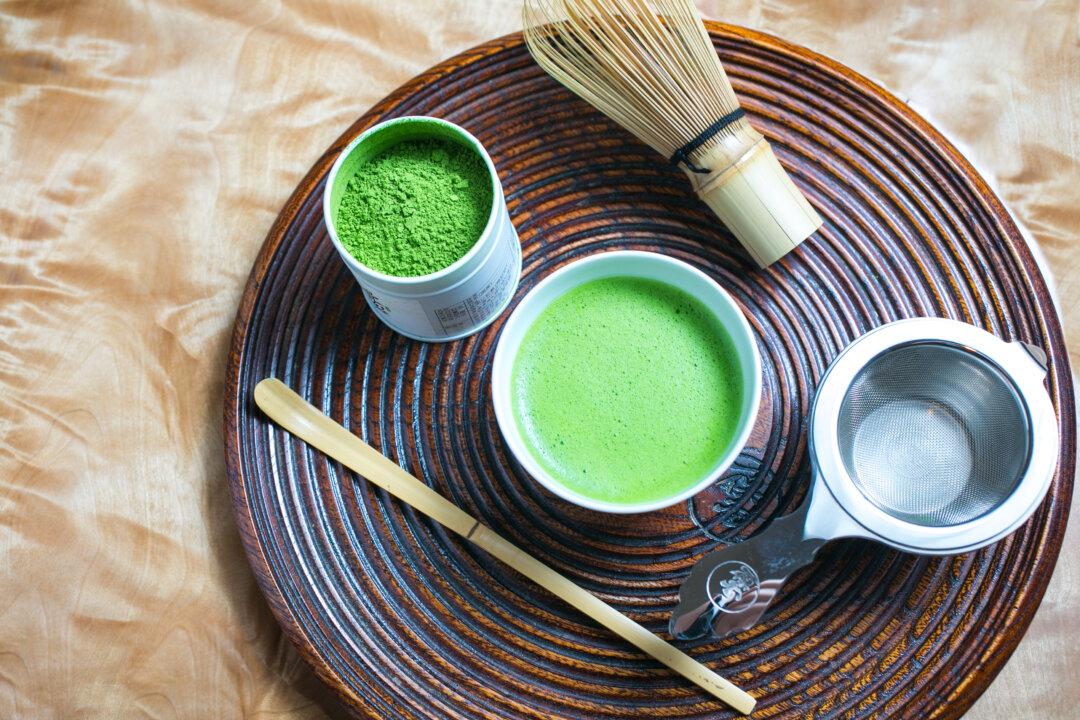When U.S. President Richard Nixon signed the National Cancer Act into law on Dec. 23, 1971, 50 years ago, he was confident that U.S. scientists could find a cure for what he described as “this dread disease.” But, five decades into America’s War on Cancer, cancer is still among the top three leading causes of death in the United States, as well as in China, and many other countries in the industrialized world.
Aside from skin cancers, breast cancer is the most common cancer a woman in America will face: One in eight women will be diagnosed with breast cancer in her lifetime, according to the National Breast Cancer Foundation. That translates into one breast cancer diagnosis every two minutes. A little-known fact: men, too, can get breast cancer. About 2,000 cases of breast cancer are diagnosed in men every year, according to Memorial Sloan Kettering Cancer Center.






